Get updates and news from Marie Gale!
Category: Soap & Cosmetic Labeling
Blog posts that deal with soap and cosmetic labeling; addition information, questions asked and answered and updates as new information becomes known.
-
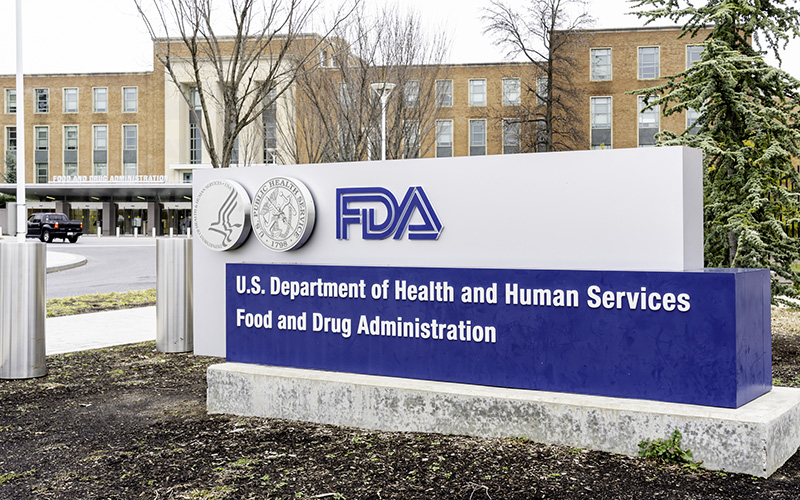
MoCRA Facility Registration & Product Listing Reports
On March 13th, 2025, the FDA announced the number of cosmetic facility registrations and cosmetic product listings that had been completed under MoCRA in the last year.
-
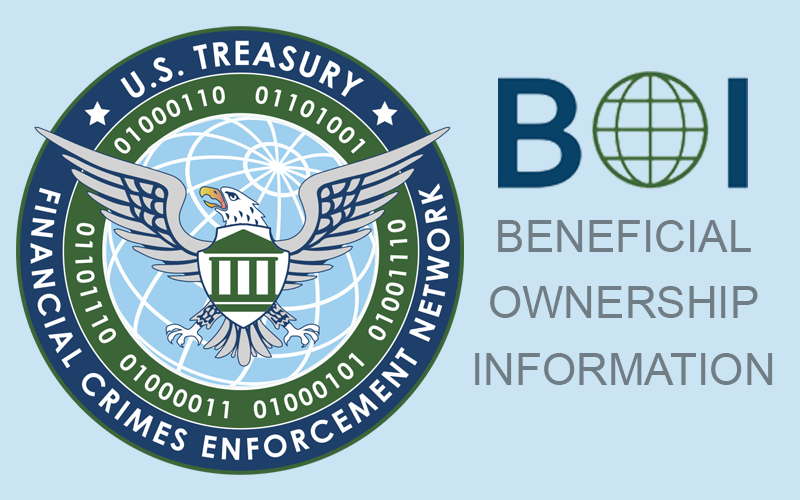
BOI – Geez, Now it’s OFF!
Beneficial Ownership Information — On, off, on, off, on, now OFF (and probably for good).
-

Labeling Book 2025 Edition Live on Amazon!!
Soap and Cosmetic Labeling 4th edition (2025) is LIVE on Amazon!
-

Soap, Cosmetics and Food Allergens
The FDA issued final guidance on food allergens. What does it mean for soap and cosmetic makers?
-

Cosmetic Regulations Under Trump
Donald Trump was sworn in as the 47th President yesterday (January 20th, 2025). Some of the actions he took yesterday may affect cosmetic regulations.
-

5 Steps to Avoid Social Media Disaster
Social media can be a great tool for your business, but it can also spell disaster – both legally and for your reputation.
-
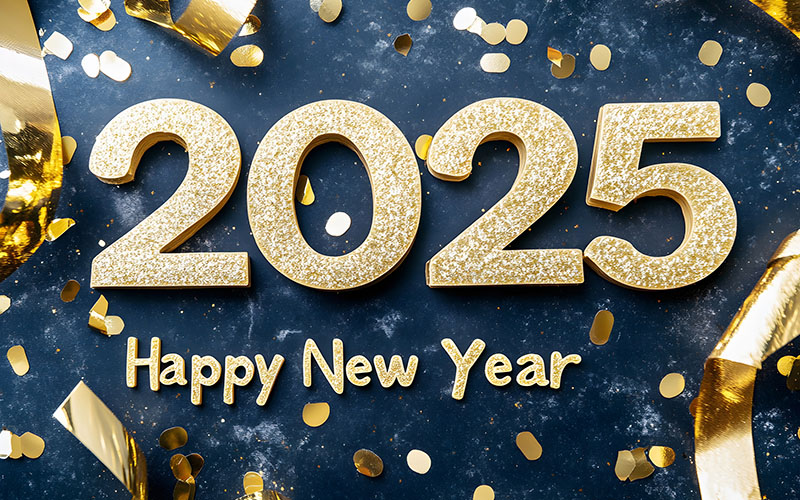
Happy New Year!
Happy New Year 2025! Positive manifestation: This year is going to be the best year ever!
-

FinCEN BOI – File or Not?
The on-again off-again nature of the Corporate Transparency Act makes it a little uncertain whether you HAVE TO file your BOI (Beneficial Ownership Information) or not. Right now, not.
-
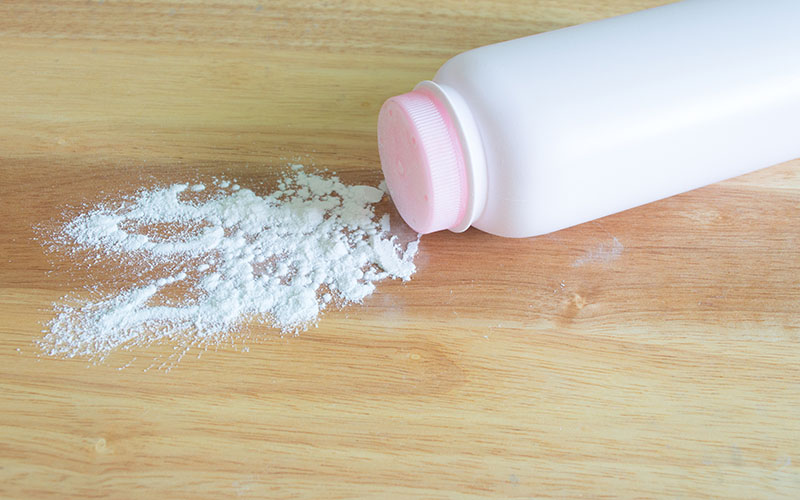
Testing for Products Containing Talc
On December 27, 2024, the FDA issued proposed regulations that all cosmetic products containing talc must be tested for the presence of asbestos.
-
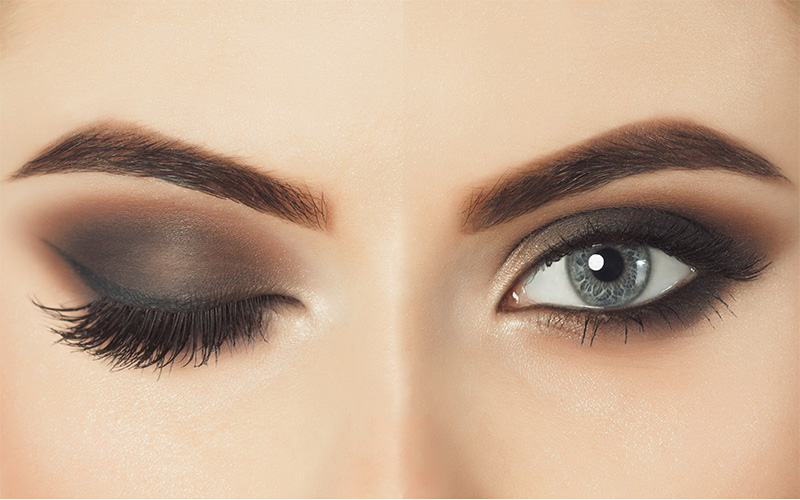
Eyeshadow and MoCRA
If you make eye shadow, you are not qualified for the small business exemption. That means facility registration, product listing, and good manufacturing practices apply.
-

Using Icons & Symbols
While symbols on your product can be good marketing, you need to make sure they are TRUE and you are AUTHORIZED to use them.
-
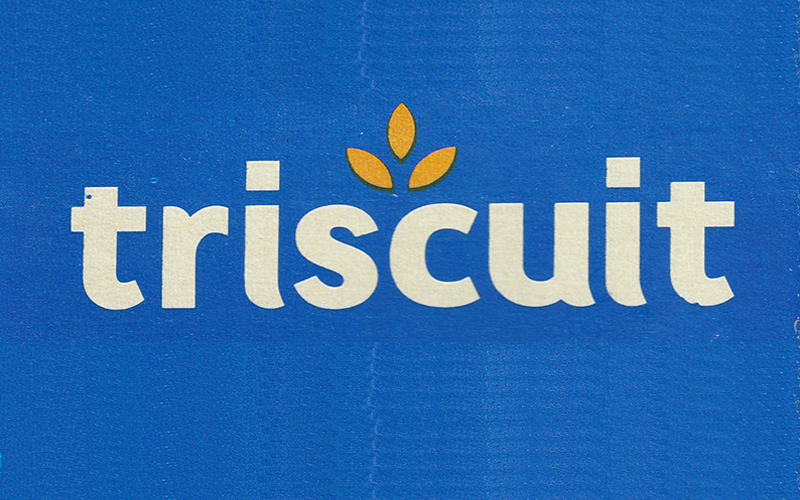
Made in the USA – A good example
If you make the claim that your product is “Made in the USA” there are some very specific rules you must follow. This is a good example (albeit from a food product) that shows a “qualified claim.”
